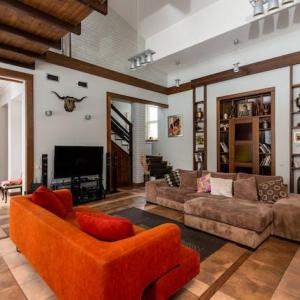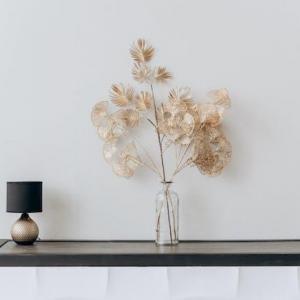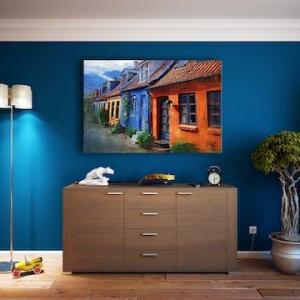
Introduction
Decorating your home with different styles and themes allows you to create unique and personalized spaces that reflect your tastes and preferences. Mixing and matching various design elements can result in visually interesting and eclectic interiors. In this article, we will explore tips and ideas for decorating with different styles and themes to create cohesive and harmonious spaces.1. Identify Your Preferred Styles
Start by identifying the styles you are drawn to. Research various design styles such as modern, traditional, farmhouse, bohemian, Scandinavian, or industrial. Take note of the elements, colors, and textures that appeal to you in each style. Understanding your preferences will guide your decision-making process and help you create a cohesive design. When identifying your preferred styles, consider how they align with your lifestyle and the existing architectural features of your home. This will ensure that the chosen styles blend seamlessly with the overall aesthetic of your living space.2. Choose a Dominant Style
Selecting a dominant style acts as the foundation of your overall design. Consider the architectural style of your home and its existing features when choosing the dominant style. For example, if you have a modern home, a contemporary or minimalist style may work well. If you prefer a more traditional look, opt for classic or transitional elements. Choosing a dominant style provides a cohesive base that sets the tone for your entire space. It helps create a sense of unity and ensures that the different styles and themes you incorporate will work together harmoniously.3. Blend Complementary Styles
Once you have a dominant style, you can incorporate complementary styles to add interest and personality to your space. Look for common threads or elements between different styles that can be blended together harmoniously. For example, if your dominant style is mid-century modern, you can introduce elements of bohemian style through the use of natural materials, vibrant textiles, and eclectic accessories.Blending complementary styles allows you to create a layered and multidimensional look. It adds depth and visual interest to your space while maintaining a cohesive overall design. Embrace the fusion of different styles to create a unique and personalized atmosphere.
4. Focus on Key Pieces
Choose key pieces of furniture or decor items as focal points in each room. These pieces can represent different styles and serve as the starting point for your design. For example, a vintage-inspired sofa can anchor a room with a mix of modern and retro elements. Build the rest of the room's decor around these key pieces to create a cohesive look.By selecting focal pieces that showcase different styles, you can create a curated and visually intriguing space. These key pieces act as conversation starters and add character to your overall design. Ensure that they are proportionate to the room and complement the dominant style.
5. Use Color and Texture Strategically
Color and texture play a significant role in defining the style and ambiance of a space. Use them strategically to tie together different design elements. Consider a cohesive color palette that works across the various styles you're incorporating. Introduce textures through fabrics, rugs, and accessories to add depth and visual interest. This helps create a harmonious balance among different styles.When selecting colors, choose shades that complement each other and create a cohesive flow throughout the space. Consider using a neutral color as a base and incorporating pops of color from different styles. Texture-wise, experiment with contrasting materials like smooth and rough, or shiny and matte to add visual interest and tactile appeal to your decor.
Conclusion
Decorating with different styles and themes allows you to create visually exciting and personalized spaces. By identifying your preferred styles, choosing a dominant style as a foundation, and strategically blending complementary styles, you can achieve a harmonious and cohesive look. Remember to pay attention to key pieces, color and texture, and use them strategically to tie your design together. Embrace the fusion of different styles to create a unique and personalized atmosphere that reflects your individual taste and style.
Article
Be the first comment
108729 Views
0
0














